Retro Replay Review
Gameplay
Kronolog: The Nazi Paradox employs a classic 2D point-and-click interface, with a row of intuitive icons dedicated to actions such as examine, pick up, use, talk, and inventory. This familiar format ensures that both veteran adventure gamers and newcomers can quickly acclimate to Hoffman’s world. The game does challenge players with a steady stream of puzzles that range from environmental riddles to dialogue-based conundrums, ensuring that the pace rarely slows to a crawl.
(HEY YOU!! We hope you enjoy! We try not to run ads. So basically, this is a very expensive hobby running this site. Please consider joining us for updates, forums, and more. Network w/ us to make some cash or friends while retro gaming, and you can win some free retro games for posting. Okay, carry on 👍)
The strength of Kronolog’s gameplay lies in its methodical pacing and thoughtful design. Rather than flooding players with contrived pixel hunts, it encourages logical deduction: combining found items, deciphering codes from Nazi propaganda posters, or leveraging information gleaned in conversations. Some puzzles do require back-and-forth traversal between desolate cityscapes, which can feel grindy, but the sense of accomplishment when you finally crack a complex sequence is genuinely rewarding.
Interactivity is enhanced by context-sensitive cursors that highlight hotspots, reducing frustration common to older adventure titles. However, a minor quibble arises when multiple objectives overlap in the same screen area, necessitating pixel-precise clicks. Despite this, the overall flow remains smooth. The inventory management is straightforward, and the game autosaves at key plot junctures, sparing you from repeated sections after a wrong move.
Graphics
The VGA visuals of Kronolog evoke a surreal, decaying world where pollution and despair have warped the once-familiar urban landscapes. The hand-painted backgrounds brim with detail: rusting skyscrapers, smog-choked alleys, and crumbling monuments that silently testify to Nazi victory’s environmental toll. While the resolution may feel dated by modern standards, the rich color palette and meticulous pixel art create an eerie, immersive atmosphere.
Character sprites are fluidly animated, with subtle gestures that breathe life into dialogues—Hoffman’s worried frown or the suspicious twitch of a Gestapo informant add emotional nuance. The digitized photographs that pop up during certain conversations lend a pseudo-documentary feel, grounding the otherwise stylized visuals in a gritty, alternate-history reality. Occasionally, transitions between scenes exhibit minor frame drops, but these never hamper the storytelling momentum.
Voiceovers further bolster the graphical presentation, delivering script lines with gravitas and tension befitting a world under totalitarian rule. Although not every NPC line matches lip movements perfectly, the heartfelt performances offset these small mismatches. Ambient sound effects—distant factory sirens, dripping water in abandoned tunnels—complement the visuals, reinforcing the game’s grim aesthetic without overwhelming the speakers.
Story
Set in a haunting alternate timeline where the Nazis emerged victorious in World War II, Kronolog plunges players into a society teetering on environmental collapse. You assume the role of Hoffman, a mid-level government agent whose search for his mysteriously vanished son becomes a personal rebellion against a decaying regime. The dichotomy of duty versus paternal devotion unfolds through richly penned dialogue and tense moral quandaries.
The narrative shines brightest when it explores the human cost of unchecked power. As Hoffman navigates propaganda-lined city squares and rusted industrial complexes, he encounters a cast of characters—resistance operatives, disillusioned bureaucrats, and fearful civilians—each with their own tragic tales. Decisions you make, however minor (to help a family escape or to betray an informant), echo throughout the story, giving weight to your role in this crumbling world.
Pacing is deliberate, granting ample time to absorb journal entries, decode hidden messages, and piece together the tapestry of lies woven by the regime. While some plot threads resolve more predictably, the central father-son mystery remains compelling until its conclusion. A handful of exposition dumps can feel heavy-handed, but they serve to deepen the lore of this dystopian future, making the eventual twists more impactful.
Overall Experience
Kronolog: The Nazi Paradox offers a mature adventure experience, balancing cerebral puzzles with a thought-provoking narrative set against a vividly realized alternate history. Its strengths lie in world-building and emotional stakes—every environment feels lived-in, every encounter fraught with tension. The moderate difficulty curve and quality voice acting make it accessible, yet still satisfying for hardcore adventure fans.
Technical hiccups are few and far between: occasional cursor glitches or minor performance stutters don’t overshadow the game’s immersive qualities. If you cherish hand-drawn pixel art and prefer story-driven gameplay over fast-paced action, Kronolog will captivate you for hours. It stands as a testament to how adventure games can tackle weighty themes while remaining engaging puzzlescapes.
Ultimately, Kronolog is more than a nostalgic throwback; it’s a carefully crafted odyssey through a dystopian nightmare, where each click peels back another layer of intrigue. Whether you’re motivated by Hoffman’s personal quest or the broader sociopolitical commentary, this game delivers a uniquely haunting journey that will linger long after the final scene fades to black.
 Retro Replay Retro Replay gaming reviews, news, emulation, geek stuff and more!
Retro Replay Retro Replay gaming reviews, news, emulation, geek stuff and more!
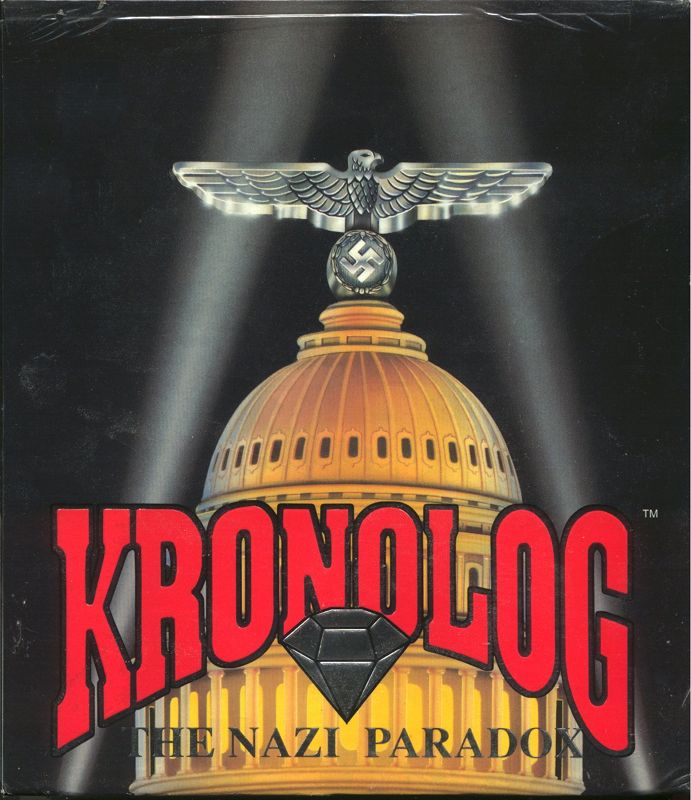
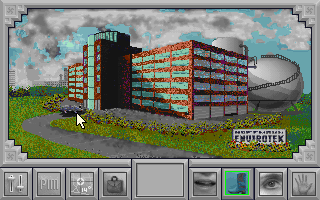
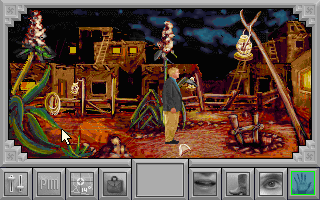
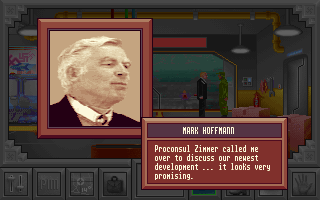
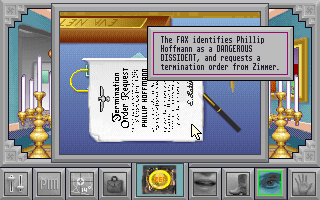
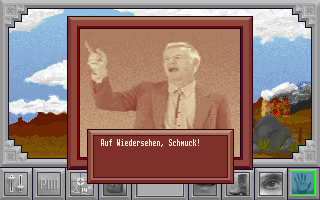



Reviews
There are no reviews yet.